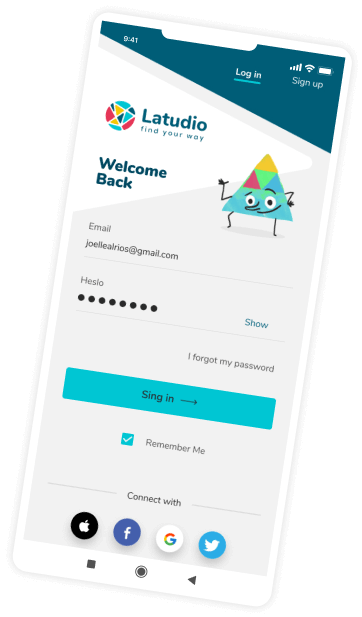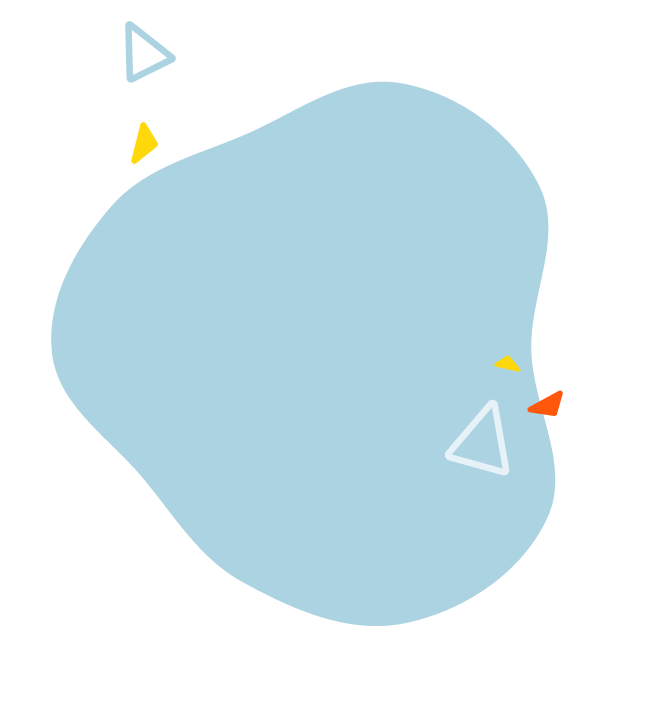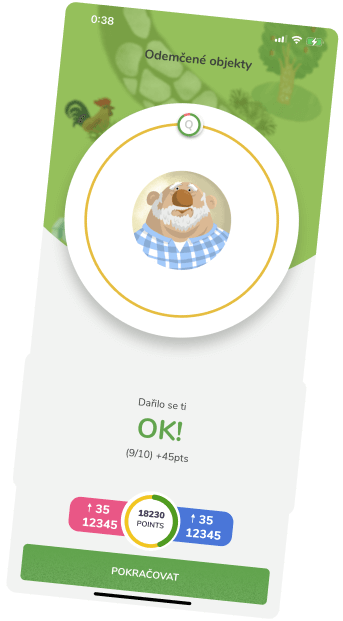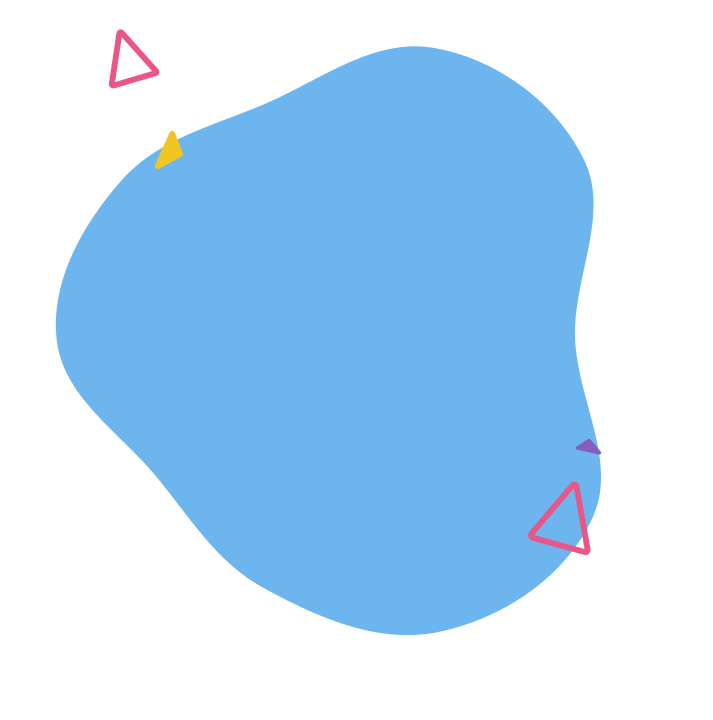Words and Food in Italian
By Mara Girone
How to learn Italian while eating pasta
As an Italian who has lived in other countries, I’ve seen that learning the local language is a lot easier when you learn about the food. The people of a country are proud of their culture and cuisine, so it’s a great way to get them talking and gaining insight into what they do every day. Eating different foods helps you learn how people greet each other, order food in restaurants and shops, find out what they eat on special occasions like holidays or festivals…and why they eat those foods! It's also fun when locals teach you their favourite recipes or show you how to make something new: not only do you learn something useful but it builds bridges between people around the world through sharing culture & traditions.
Starting from the basics
You are visiting Italy and you decide to eat like a local, and you decide on one of those restaurants that have a menu only in Italian.
You are offered a great opportunity here.
In Italy, it is not common to find people speaking fluently another language (not even English!), but we are always very happy to help a foreigner and we are very proud of our food renowned all over the world.
You can make your meal the best place to chew pasta and new words.
I would start naming the objects that you have on your table and if you don’t know the word at all, translate it from your language
The next step is figuring out the name of the food on the menu.
Because in these two steps, the meaning of the words is not a concept but an object, even if you look for it in the dictionary, it will be easier to have an image in your head associated with that specific word.
Once you have an idea of what is on your menu, ask the waiter for more details about the food you are going to choose.
The words you read and looked for in the dictionary, are now repeated by an Italian and you are already engaging in a conversation.
Find out what the people in that country eat and why they eat it.
Food is a great way to get to know people and their customs and traditions, as well as their history. You can also decide to make a bit of research beforehand and learn that for example in Italy you would NEVER eat your meal accompanied by a coffee.
Once a friend visiting from London, at a table where we had to order drinks (most of the time that happens after ordering food) asked for a coffee. A sudden silence fell on us and we all sadly looked at her wondering why she wanted to ruin her day in that way. Fortunately, she was quick enough and quite knowledgeable already about the new culture to change to ‘I mean, I will join you on the wine’.
You will never find an Italian drinking wine, on its own, in the afternoon. For us, wine is something we are proud of and we love creating tasty combinations with food. We would drink in the afternoon only if it is the continuation of a long lunch that in Italy can last many hours almost fusing together lunch and dinner.
Of course in any country you can find thousands of these little nuances that build what is the culture of the country. Not only is it funny to know them in your research, but it is very interesting noticing them when you are in the country and they can easily become the subject of engaged and funny conversations.
After living in several countries and different continents, I can confidently say that this is a basic and undeniable rule: culture is absorbed through food and language becomes the sonorous expression of it. If you try to invert the steps, the result won’t be the same.
Learning a new language can be at times challenging, but it can also be fun and rewarding. By using food as your guide, you’ll be able to learn about the culture and people who live there. You will also be able to share some of their customs with those around you if they enjoy eating as much as we do! I hope this helps you get started on your journey into learning languages through food!



















